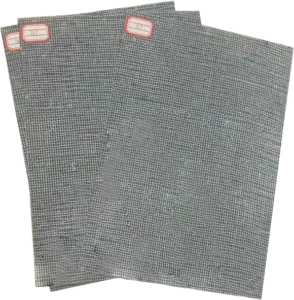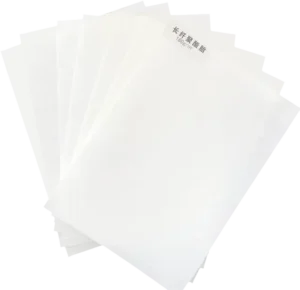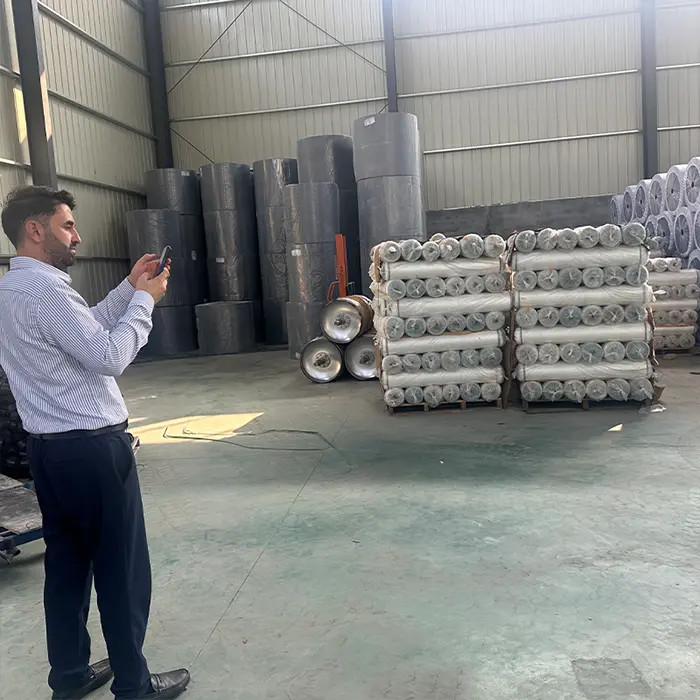Water leakage and seepage through exterior walls is a chronic issue for many buildings. It impacts a household’s comfort and convenience, and in the long run, it may severely damage the structural framework of the building. This type of leakage and seepage requires problem evaluation, the appropriate detection methods to find the source, and effective measures to correct the situation.
Ⅰ. Common Causes of Exterior Wall Leakage and Seepage
1. Wall Cracks
Shrinkage or structural cracks may form due to the changing temperatures, the settling of the building’s foundation, or the aging of materials. These cracks may allow rainwater to seep through and dampen the walls, and, in severe cases, may even result in peeling. This is very common with brick to concrete structures or with joints between insulation layers and the main structure where thermal cycling cracks are common.
2.Cracks and Peeling of Outer Coating Layer Completes
Peeling or cracking of a layer may form due to the exposure of the layer to wind, rain, or sun for extended periods of time. It may even result from poor construction practices, substandard materials, or even improper seam treatment.
3. Window Perimeter Leakage
If the window seal is not scribed correctly in the window frame, aging, or if the construction is inadequately done, rainwater may seep through the gaps provided on the frame and the wall. Gaps between brick or mortar may be the cause. The gaps may also be due to poor design where the drainage slope is placed too low or the sills on exterior windows.
4. Pipe or Air-Conditioning Hole Leakage
If the sealing around wall penetrations for air-conditioning pipes, gas pipes, etc., is not tight, or if waterproofing around these areas is inadequate, rainwater may infiltrate indoors along the pipe edges.
5. Finish Material Problems
When cladding materials such as tiles or stone become hollow or lose grout, rainwater may stagnate and seep into the substrate. Materials with high water absorption (e.g., cultured stone) can also be sources of seepage if not treated with waterproofing.
Ⅱ. Leakage Detection and Diagnosis Methods
1. Visual Inspection
Observe the location and extent of water stains or mold on interior walls to preliminarily identify seepage points. For example, ceiling leaks may be related to the roof or upper exterior wall, while leakage in the middle or lower wall requires checking the corresponding façade.
2. Infrared Thermography
Infrared equipment detects temperature differences on the wall surface. Moist areas show abnormal color patterns due to different thermal conductivity, helping locate hidden leakage points. This is especially effective for large-area inspections.
3. Water Spray Test
Simulate rainfall by continuously spraying water on suspicious exterior wall areas and observe if leakage appears indoors. Water pressure and duration should be controlled to avoid additional wall damage.
4. Tapping Test
Tap the wall finish with a sounding hammer to check for hollow or detached areas. Hollow spots can trap water, accelerating seepage.


Ⅲ. Repair Solutions
1. Crack Repair
-
Surface Sealing: For cracks less than 0.2 mm wide, apply elastic waterproof coating (e.g., polyurethane) directly.
-
Injection Method: For deeper cracks, inject epoxy resin or polyurethane foam under high pressure to fill gaps and form a waterproof barrier.
-
Reinforcement: Structural cracks should be reinforced with carbon fiber fabric or steel mesh before waterproofing treatment.
2. Waterproof Layer Restoration
-
Partial Repair: Remove blistered or peeling old waterproofing, clean the base, and reapply flexible waterproof coatings (e.g., liquid membrane). Ensure new-to-old overlap is at least 10 cm.
-
Full Renovation: If over 30% of the area has aged, replace the entire waterproof layer using weather-resistant materials such as acrylic elastic coatings or waterproof mortar.
3. Window Perimeter Sealing
Remove the failed sealant, clean the substrate, and reapply silicone weatherproof sealant. Check the sill’s drainage slope; if necessary, adjust with cement mortar (≥5% slope) and add a drip groove.
4. Pipe Penetration Treatment
Wrap pipe bases with specialized waterproof sleeves or water-stop collars, then coat the outer layer with waterproof material. Air-conditioning holes should be sloped inward-to-outward, filled with foam sealant, and finished with sealant.
5. Finish Maintenance
Remove and re-lay hollow tiles, using waterproof grout. For high water absorption stones, spray with silicone water repellents to reduce absorption.
Repairing exterior wall leakage and seepage should address the specific cause, resolving current issues while preventing recurrence through proper design and regular maintenance. For complex cases or high-rise buildings, it is recommended to hire professional inspection and repair services to ensure durable, long-term results.
Contact Us
Weifang Guanlong Waterproof Material Co., Ltd.Your reliable partner for high-quality materials and professional support.
📞 Phone/WhatsApp: +86 18263668883
🌐 Website: glwaterproof.com/product/
📧 Email: guanlinguoji@126.com







